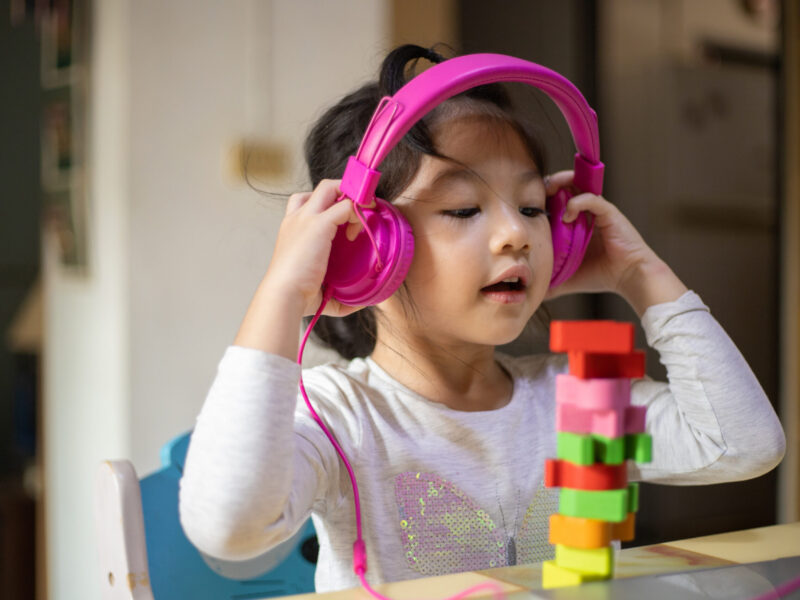
Learning disabilities
Learning disabilities (LD) refer to a group of neurological disorders that affect the way individuals process, retain, or express information. These disorders can impact various cognitive functions, such as reading, writing, math, comprehension, organization, and problem-solving. It is important to understand that learning disabilities are not indicative of a lack of intelligence; individuals with LD often possess average or above-average intellectual abilities.
Types of Learning Disabilities:
- Dyslexia: Dyslexia is a common learning disability that affects reading and language processing. Individuals with dyslexia may have difficulty with phonological awareness, decoding words, and reading fluency.
- Dysgraphia: Dysgraphia involves challenges with writing and fine motor skills. People with dysgraphia may struggle with handwriting, spelling, and organizing their thoughts on paper.
- Dyscalculia: Dyscalculia affects mathematical skills and understanding of numerical concepts. Individuals with dyscalculia may have difficulty with basic arithmetic, understanding mathematical symbols, and grasping math concepts.
- Auditory Processing Disorder (APD): APD affects how the brain processes auditory information. People with APD may have difficulty understanding and remembering spoken language, following instructions, or distinguishing similar sounds.
- Visual Processing Disorder: Visual processing disorder affects how the brain interprets visual information. Individuals with this LD may struggle with tasks such as recognizing shapes, spatial orientation, and visual memory.
Causes and Diagnosis:
The exact causes of learning disabilities are not fully understood, but they are believed to result from a combination of genetic, environmental, and neurological factors. LDs often become apparent during early childhood when children begin to acquire academic and language skills.
Diagnosing learning disabilities typically involves a comprehensive assessment conducted by a team of professionals, including educators, psychologists, and specialists. The evaluation includes reviewing the child’s developmental history, conducting standardized tests, and observing the child’s academic performance and behavior.
Support and Interventions:
Early intervention is essential for addressing learning disabilities effectively. Once diagnosed, appropriate support and interventions can significantly improve a child’s academic and social progress. Some common strategies and accommodations include:
- Individualized Education Plan (IEP): An IEP outlines specific educational goals and accommodations tailored to the child’s needs. It involves collaboration between educators, parents, and specialists to provide a customized learning experience.
- Orton-Gillingham Approach: This structured, multi-sensory approach is widely used for students with dyslexia. It incorporates visual, auditory, and kinesthetic elements to teach reading and writing skills.
- Accommodations and Assistive Technology: Providing tools such as text-to-speech software, speech-to-text software, calculators, and graphic organizers can help students with LDs access the curriculum more effectively.
- Special Education Services: Special education programs and resource rooms offer additional support and instruction tailored to the child’s learning needs.
- Behavioral and Emotional Support: Addressing the emotional and social aspects of learning disabilities is crucial for building confidence and self-esteem in students.
Empowering Individuals with Learning Disabilities:
Understanding and support are essential for individuals with learning disabilities to reach their full potential. With the right interventions and accommodations, individuals with LDs can excel academically, develop their strengths, and lead fulfilling lives. Creating an inclusive and supportive learning environment is key to empowering individuals with learning disabilities to thrive both academically and personally.


